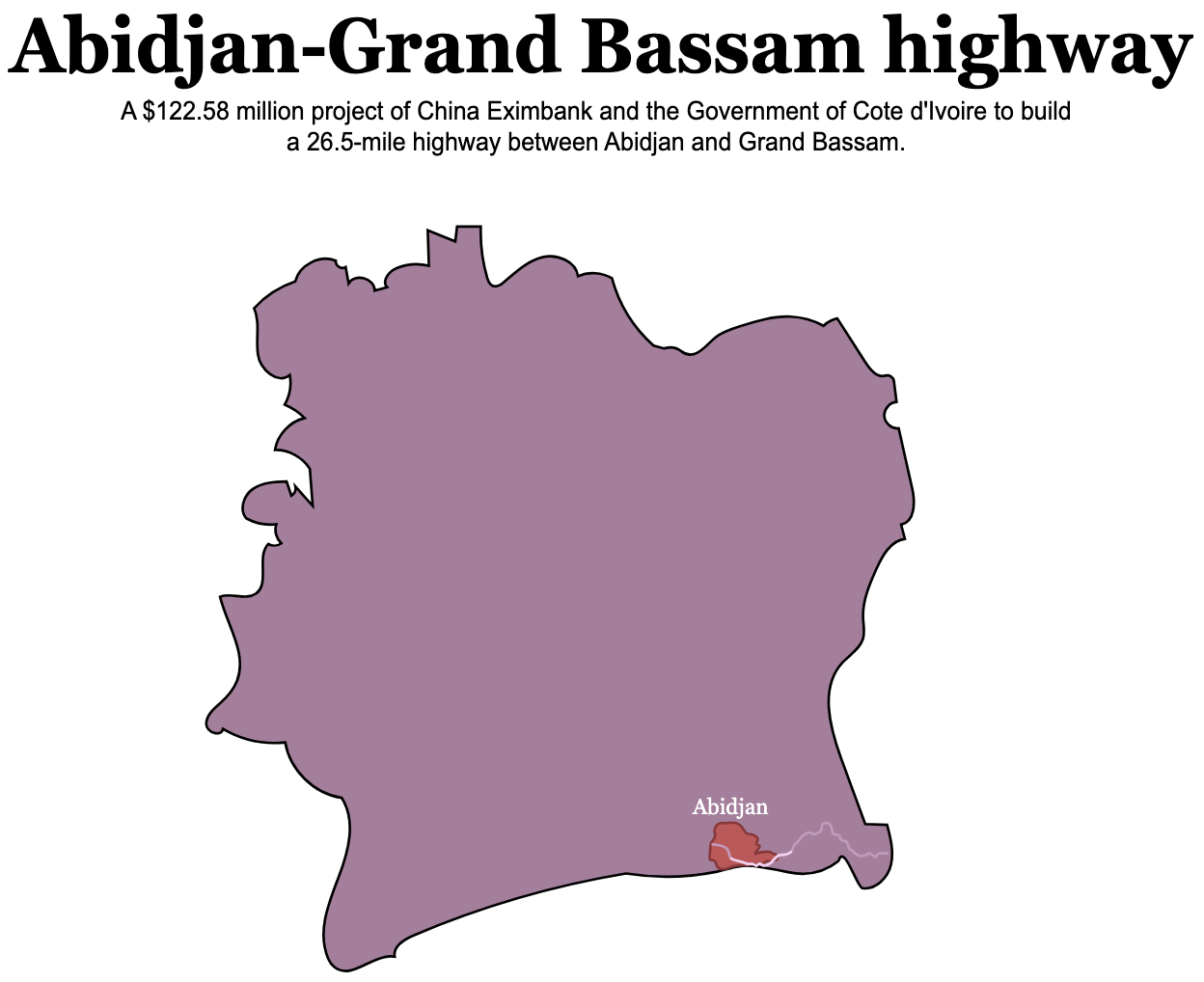Statelessness and Exile:
The continued repression of Nicaraguans after their release from prison
Isolation is one of the many techniques of torture used in Nicaraguan prisons. The conditions inside Nicaraguan prisons have been denounced by NGOs and activists for years. Incarcerated people are often held in solitary confinement for years, unable to leave their cells. They are deprived of any human interaction, including with themselves: no access to mirrors, reading and writing material, not allowed to speak or sing, no or little access to showers, medicine, doctors and sometimes deprived of food for days.
In February 2023, a rumor started spreading in the group chats of the political prisoners' relatives: they were put on a plane and no one knew the reason why, nor the flight destination.
The 222 political prisoners spent altogether over 147,030 days behind bars, which would be equivalent to nearly 403 years deprived of their freedom. They were politicians, activists, journalists, religious practitioners and their family members.
Although the majority of young activists were released during the pandemic, a large proportion of the incarcerated people were young adults. Ezequiel de Jesus Gonzalez Alvarado, for instance, was only 19 when he was incarcerated for participating in a student protest against the government in 2019. By the time had he was released in February, he had already spent three years and a half behind bars.
Using Nicaraguan NGO’s press releases and datasets from Presos Políticos Nicaragua, I created several interactive graphs to visualize the time spent behind bars and demographics of the political prisoners that were released in February.
Forced evictions and house destructions in Côte d'Ivoire
Despite positioning itself as one of the leading economies in West Africa, Cote d'Ivoire's urbanization plans do not always benefit the poorest populations. Over the past decade, the country has experienced an increase in number and frequency of house destructions.
For an assignment during my first semester in my master's degree program in Data Visualization, I used a pre-existing dataset concerning house demolitions in Côte d’Ivoire, which was a part of a years-long investigation using satellite imagery analysis and several OSINT techniques. I complemented this with data sourced from the United Nations to create visualizations that depict the evolution of neighborhoods in Abidjan since President Alassane Ouattara assumed office.
Tools: Google Earth Pro, Adobe Illustrator, d3.js, HTML, CSS, Javascript


